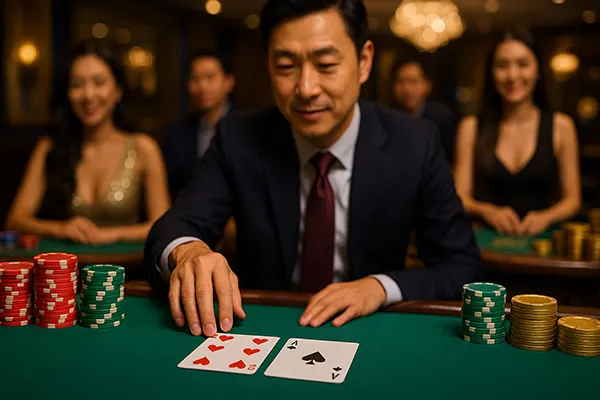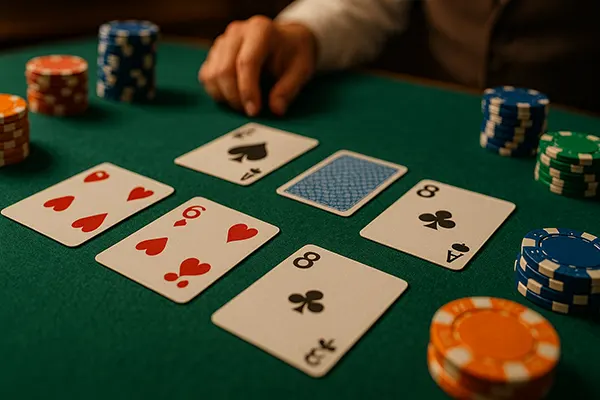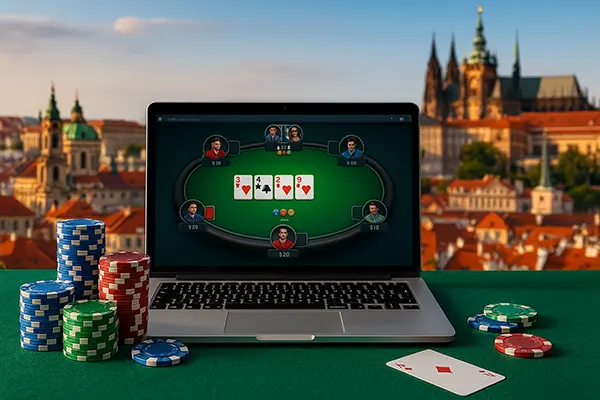
Evolution of Baccarat: From Aristocratic Pastime to Asian Popularity
Baccarat is one of the oldest and most prestigious card games in gambling history. It began as an exclusive form of entertainment reserved for the European elite and gradually evolved into a mainstream game, especially celebrated in Asian casinos today. This transformation has spanned centuries, influenced by changes in culture, technology, and player preferences. The following analysis explores the game’s origin, its transformation through time, and its status in contemporary gambling, especially within Asian markets.
The Origins of Baccarat in European High Society
The earliest traces of baccarat are found in Italy during the 15th century, where it was initially known as “baccara,” meaning “zero”—a reference to the game’s primary rule where tens and face cards are worth zero. The game soon gained traction in France, where it became a favourite pastime of the aristocracy under the name “Chemin de Fer.” Its appeal was enhanced by the elegant atmosphere in which it was played, involving high stakes, formal dress codes, and private salons in French casinos.
French nobility adored baccarat not just for its thrill but also because it reflected their social status. It was not merely a game but a symbol of prestige and refinement. The rules were complex enough to demand attention but simple enough to follow without extended learning. This balance made it accessible yet exclusive, contributing to its stronghold among the elite.
Over time, different variants like Punto Banco and Baccarat Banque emerged, with subtle distinctions in rules and betting styles. These variants started spreading beyond France and into Britain and South America, each taking root in its own way. However, the game retained its luxurious aura wherever it travelled, firmly linking it to wealth and sophistication.
Decline and Transformation in the 20th Century
During the 20th century, baccarat faced stiff competition from games like blackjack and poker, which offered faster gameplay and appealed to the broader masses. Casinos in the United States, especially in Las Vegas, were initially hesitant to promote baccarat due to its perceived elitism. Nevertheless, a simplified version called “Mini Baccarat” was developed to cater to casual gamblers without diluting the core mechanics of the game.
Mini Baccarat helped bring the game to the casino floor by reducing table size, lowering minimum bets, and allowing the house to act as the dealer. This version eliminated the need for players to deal cards, which made the game more approachable. With fewer formalities and faster rounds, Mini Baccarat gained traction in both American and European casinos.
Despite this, the game’s luxurious legacy remained intact in high-limit areas where traditional baccarat tables still attracted affluent patrons. The dual existence of both premium and casual versions created a new pathway for the game’s broader appeal without losing its roots.
Rise of Baccarat in Asian Gambling Culture
The turning point for baccarat’s global prominence came with its massive adoption in Asia, particularly in Macau and Singapore. By the early 2000s, baccarat had become the top-grossing game in Macau, accounting for more than 80% of the region’s gambling revenue by 2015. The simplicity of its rules, combined with a strong cultural resonance with luck and fortune, made it a natural fit for Asian players.
In Chinese culture, the game’s reliance on chance rather than strategy aligns with the traditional belief in fate and prosperity. The speed of gameplay and frequent payout opportunities also contribute to its popularity. High rollers in Macau often wager millions in a single session, viewing baccarat not just as entertainment, but as a ritual infused with superstitions and symbolism.
Asian casinos often design their gaming areas around baccarat, offering spacious tables, privacy, and bespoke services for VIP players. Unlike the Western approach where card counting and strategies dominate, Asian baccarat emphasises intuition and patterns, including trends such as “the shoe” and “road maps” that guide betting decisions based on past outcomes.
Digital Expansion and Mobile Adaptation
With the rise of online gambling, baccarat made a seamless transition to digital formats. Live dealer versions became particularly popular in Asian markets, preserving the traditional feel of the game while offering convenience and accessibility. Players could now experience the rituals of baccarat without leaving their homes, engaging with live dealers through high-definition streams.
Mobile adaptations have further boosted its popularity, with operators offering optimised versions for smartphones and tablets. These versions maintain the layout, rules, and visual cues of land-based baccarat, providing an authentic experience on the go. Features such as multi-camera angles and interaction with dealers recreate the ambiance of luxury even in digital space.
Moreover, online variants offer flexible betting ranges, allowing both newcomers and high-stakes players to find a suitable table. As a result, baccarat continues to thrive in the digital age without sacrificing its cultural and emotional significance for players.

Baccarat’s Status in 2025: Popularity, Strategy, and Regulation
As of June 2025, baccarat remains a dominant game in both physical and digital gambling environments. It is particularly entrenched in Asian gaming hubs like Macau, Marina Bay Sands in Singapore, and newer venues in the Philippines and Vietnam. International online operators continue to prioritise baccarat among their core offerings, with data showing consistent user engagement and high retention rates.
The strategic elements of baccarat, though minimal compared to games like poker, have gained more attention due to the proliferation of online forums and social media discussions. Players share trend-based strategies and betting progressions, even though the game itself is fundamentally based on luck. This community-driven exchange has deepened engagement among seasoned players and newcomers alike.
On the regulatory front, baccarat is subject to strict oversight in major jurisdictions. Gaming commissions enforce fairness through RNG certifications and audits in online environments, while land-based venues maintain security protocols to detect fraud and card manipulation. The high-stakes nature of baccarat makes it particularly sensitive to integrity, and as such, regulations in 2025 reflect a matured and balanced gambling environment.
Future Perspectives and Cultural Legacy
Looking forward, baccarat is expected to maintain its prominence due to its hybrid appeal—rooted in tradition yet highly adaptable. It continues to attract both older players with nostalgic ties to the game and younger audiences exploring it through digital platforms. Innovations in virtual reality and immersive casino technologies may further enhance its reach.
Beyond its gameplay, baccarat carries significant cultural weight. It is not merely a card game but a symbol of history, transformation, and identity—especially within the Asian context. This cultural attachment ensures its continued relevance, irrespective of shifting market dynamics or gambling trends.
In summary, the evolution of baccarat is a testament to its enduring appeal. From royal courts of Europe to bustling casinos in Asia, and now into the palms of mobile users worldwide, the game’s journey reflects the broader changes in global gambling culture. Its ability to preserve tradition while embracing change is what secures its legacy well into the future.
The most popular articles
-
 Rare Blackjack Variants and Their Practica...
Rare Blackjack Variants and Their Practica...Blackjack has evolved into a broad family of formats, many of which …
-
 Video Poker Mini-Tournaments: Approaches, ...
Video Poker Mini-Tournaments: Approaches, ...Video poker in the mini-tournament format has become one of the most …
-
 Poker in Eastern Europe: The Fastest-Growi...
Poker in Eastern Europe: The Fastest-Growi...Online poker has become a defining element of the digital gaming economy …
